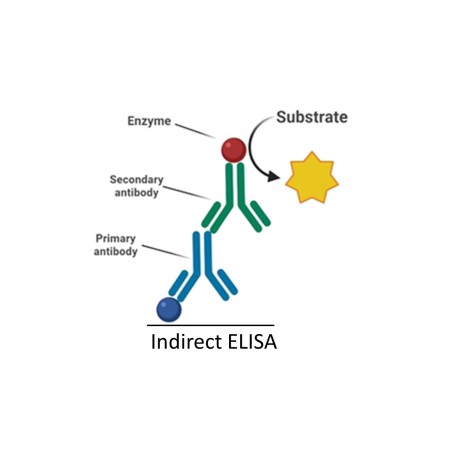Data sheet
| Background | Leptospirosis is probably the most widespread zoonosis in the world. It is caused by infection with spirochete bacteria of the genus Leptospira and affects humans as well as a broad spectrum of animal hosts (e.g. dogs, pigs, cattle). The incidence is significantly higher in warm climate countries than in temperate regions. The disease is seasonal, with peak incidence occurring in summer or fall in temperate regions, where temperature is the limiting factor in survival of leptospires, and during rainy seasons in warm climate regions, where rapid desiccation would otherwise prevent survival. Natural reservoirs for the pathogenic Leptospira interrogans include rodents as well as a large variety of domesticated mammals. Leptospires occupy the lumen of nephritic tubules in their natural host and are shed into the urine. Transmission can occur when humans or animals are directly or indirectly exposed to the urine of infected animals or a urine-polluted environment. Leptospires gain entry into the blood stream via cuts, skin abrasions or mucous membranes through contact with moist soil, vegetation, contaminated water and also by handling infected animal tissues or ingestion of food and water. The incubation period is usually 5-14 days, with a range of 2-30 days. The spectrum of clinical symptoms is extremely wide. The vast majority of leptospiral infections are either subclinical or result in very mild illness and recover without any complications. Clinical manifestations of leptospirosis range from mild influenza-like symptoms to severe life-threatening disease forms, characterized by jaundice, renal failure, bleeding and severe pulmonary hemorrhage. Acute kidney injury (AKI) is the most commonly recognized disease in dogs, accounting for more than 90 % of reported cases of leptospirosis. |
More info
|
Size |
96T |
|
Specificity |
No cross-reaction with other related substances detected |
|
Storage |
Store at 2 - 8ºC. Keep detection Ab at -20 ºC |
|
Assay Principle |
Sandwich ELISA/Qualitative Detection |
|
Sample Volume |
100 uL final volume |
|
Sample Type |
Serum or plasma |
|
Detection Method |
Chromogenic |
Kit Components
1. One 96-well plate pre-coated with Leptospira antigen
2. Negative Control: 1 vial
3. Positive Control: 1 vial
4. Cut-off Control
5. Diluent buffer: 100 ml x 1
6. HRP-Protein A/G: 20 ml x 1
7. TMB developing agent: 15 ml x1
8. Stop solution: 15 mL x1
9. Washing solution (20x): 50 mL x1
Assay principle
The qualitative immunoenzymatic determination of specific antibodies is based on the ELISA (Enzyme-linked Immunosorbent Assay) technique. Microtiterplates are coated with specific antigens to bind corresponding antibodies of the sample. After washing the wells to remove all unbound sample material a horseradish peroxidase (HRP) labelled conjugate is added. This conjugate binds to the captured antibodies. In a second washing step unbound conjugate is removed. The immune complex formed by the bound conjugate is visualized by adding Tetramethylbenzidine (TMB) substrate which gives a blue reaction product. The intensity of this product is proportional to the amount of specific antibodies in the sample. Sulphuric acid is added to stop the reaction. This produces a yellow endpoint colour. Absorbance at 450 nm is read using an ELISA Microtiterplate reader.


